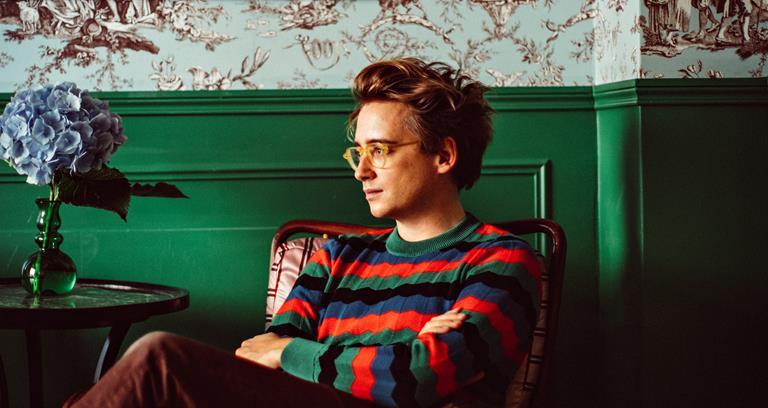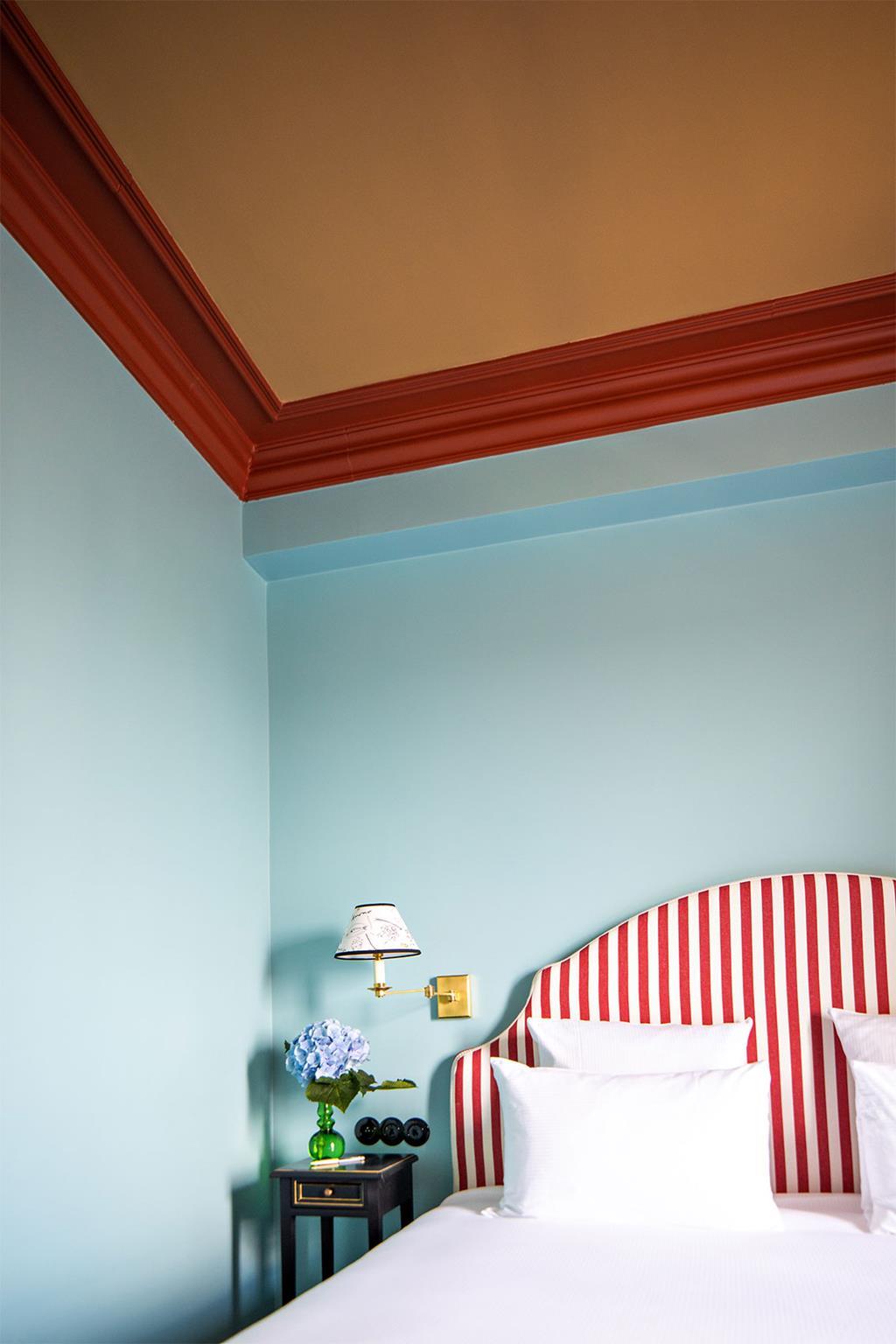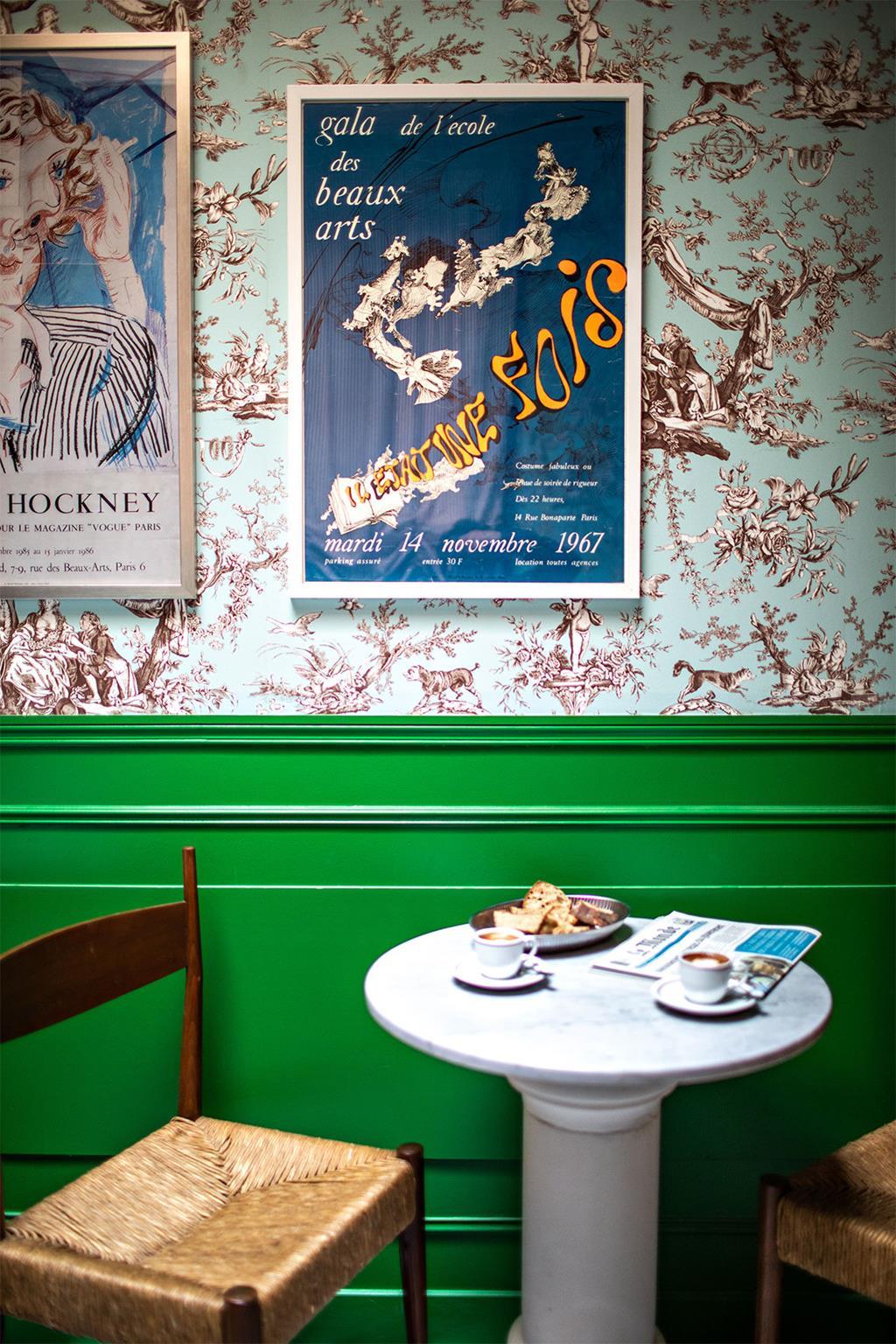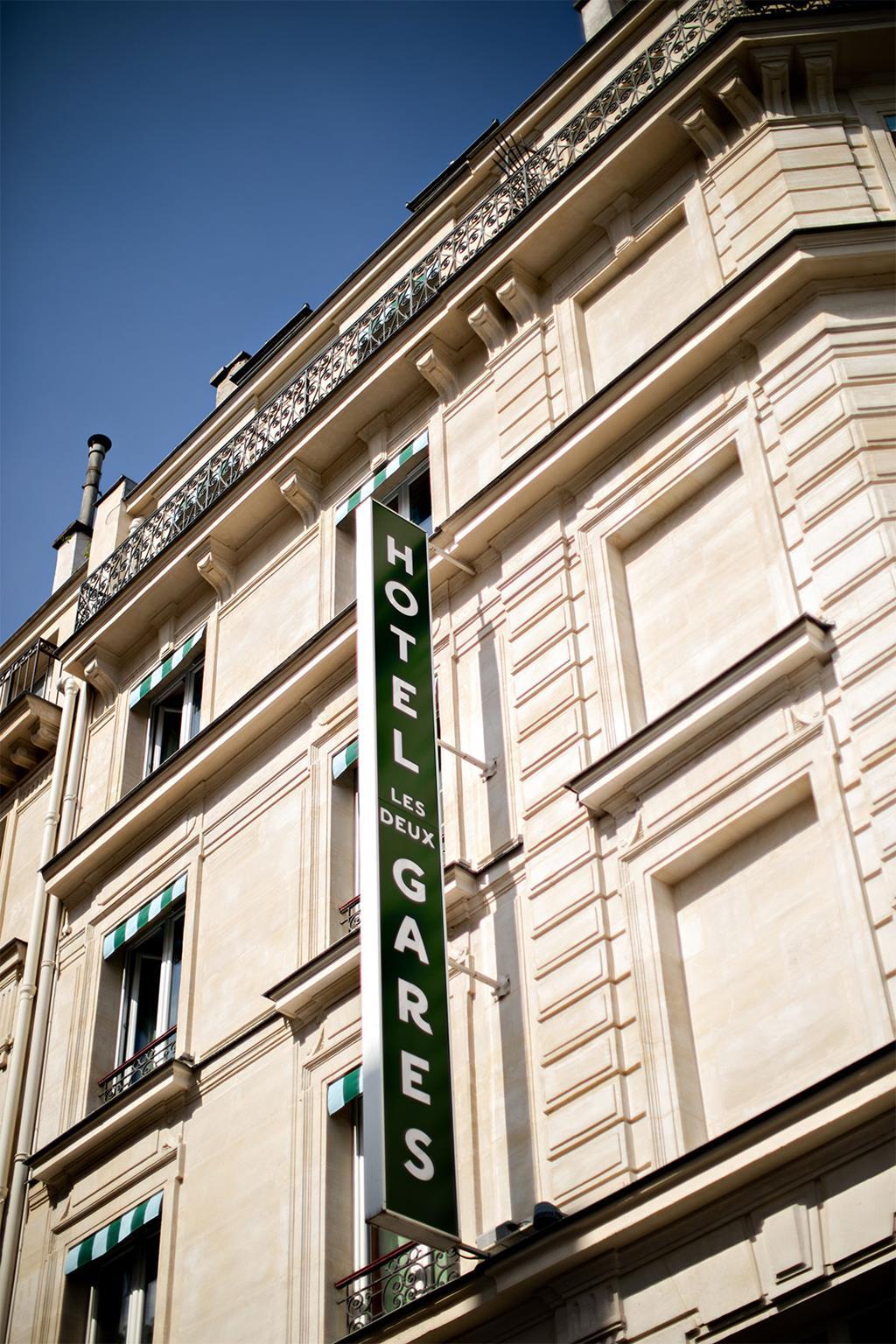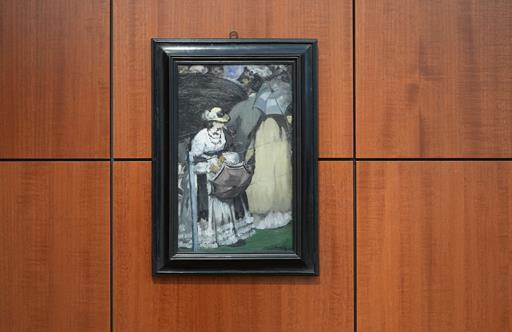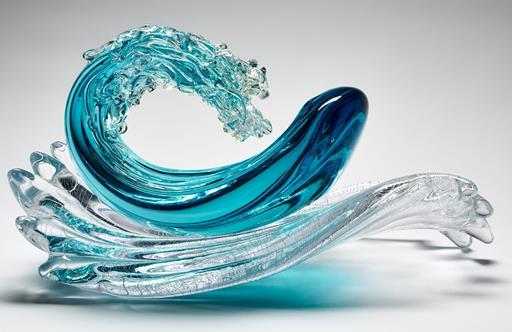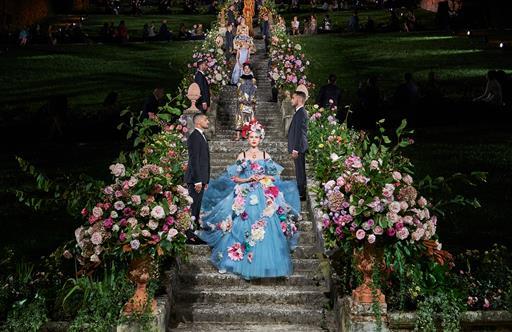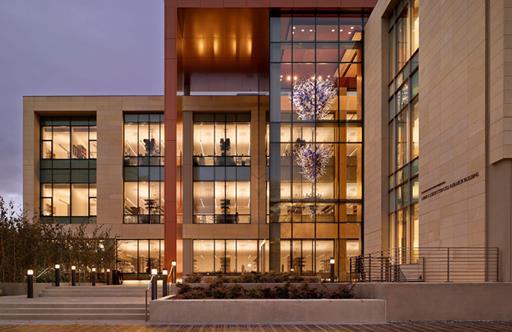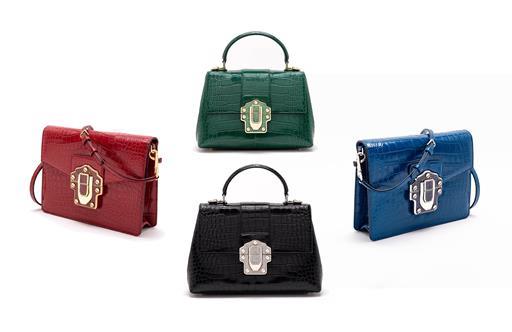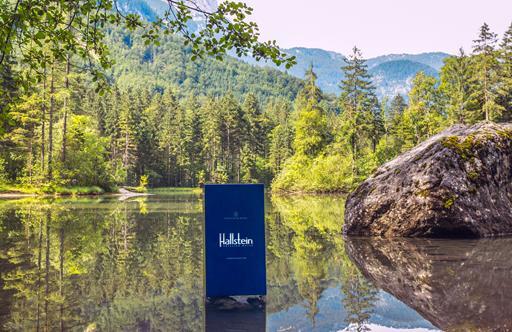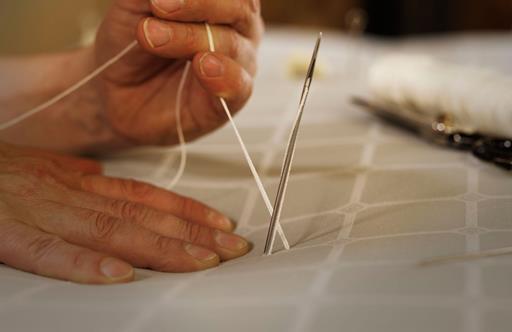The Great British Maximalist
Inside the eccentric world of designer Luke Edward Hall
Considered among Britain’s most in-demand interior designers, Luke Edward Hall’s eccentric approach has lured the likes of Burberry, Lanvin, and Ginori to seek the designer’s creative consultation. His maximalist work centres on the careful curation of anything and everything bold – think experimentation with unusual colour combinations with emphasis on bright, strong hues mixed with darker or natural elements like black or white with cane or rattan. It’s a style that recently enticed Paris’ Touriste group to enlist the up-and-coming Hall to arrange the interiors of their latest project Hotel Les Deux Gares.
To mark the opening of the hotel, we spoke with Luke Edward Hall about the project and where he finds inspiration.
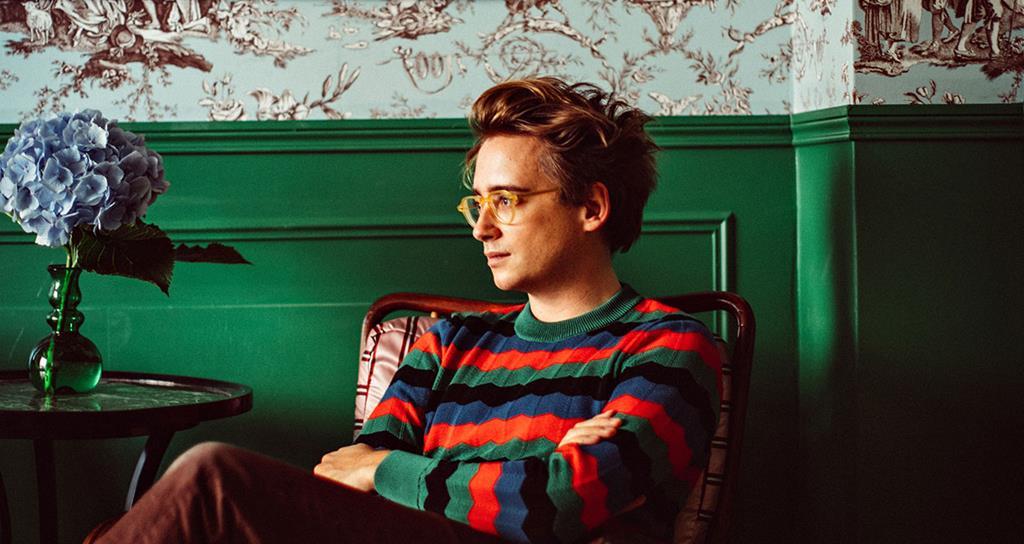
Photo credit: Benoit Linero
Centurion: Your latest project, Hotel Les Deux Gares, could you take us through your creative process?
Luke Edward Hall: Early on during the design process, I came up with a story for the new hotel – I wanted it to feel like the home of an eccentric Parisian bohemian who, over the years, has amassed a collection of furniture and art from his travels, from various periods and countries. I wanted the interiors to feel full of joy, with a nod to the past. They have been put together with an Englishman’s eye for mixing bold colours and patterns – it’s that mix of French and English styles that I hope will intrigue guests.
My aim was to create interiors that feel classic and elegant, but at the same time unexpectedly playful. We’re mixing graphic, geometric carpets with leopard print and stripes, antique giltwood furniture with 1970s lighting. Fun combinations abound at every turn.
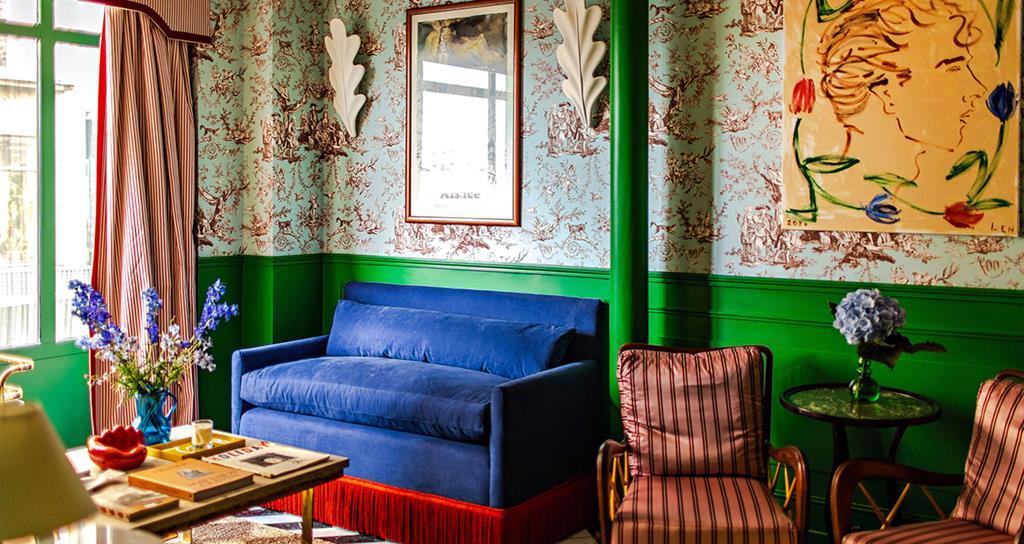
Photo credit: Benoit Linero
From a design perspective, what thoughts do you want visitors to come away with?
I want the interiors to provoke joy. I want them to be comfortable, too. I’d love for guests to use the lobby sitting room like their own sitting room at home – that’s why it’s full of squishy sofas and piles of books and magazines. I’d like for guests to come away thinking that unusual combinations of colours, patterns and antiques can work.
Your style is clearly bold. How do you find the line between restrained and, maybe, gaudy or “too maximalist”?
I like experimenting with quite unusual colour combinations. I like bright, strong colours, but to keep things looking elegant, often I have to mix them with darker or natural elements – black or white or materials like cane or rattan. This is why we have a monochrome floor in the hotel lobby and chairs with rush seats in the dining area. It’s all about striking the right balance.
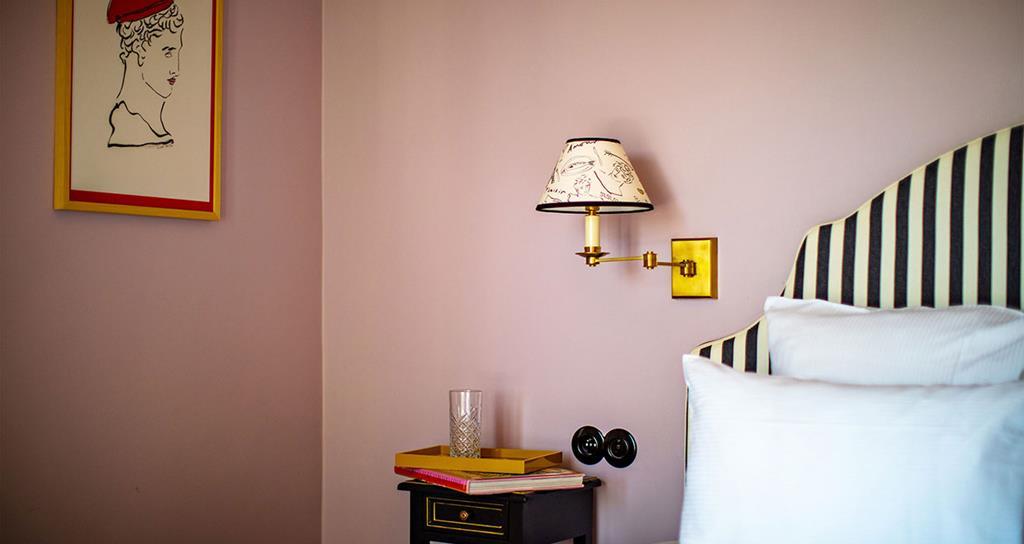
Photo credit: Benoit Linero
Generally speaking, what guides your design eye?
I look to the past a lot for inspiration – I’m a particular fan of the interwar period and the artists and designers working then – Cecil Beaton, Oliver Messel, Rex Whistler... I love The Bloomsbury Group, the Baroque and the Rococo, interior designers such as David Hicks and Dorothy Draper. I like taking inspiration from the past, mashing things together and creating something entirely new. A drawing, for example, might be inspired by Ancient Greece as much as it is by shimmering 1980s pop music.
You’re currently building quite the legacy, from fashion to interior design, how do you approach such drastically different projects?
All of my projects have a thread running through them – a sense of colour and playfulness. A kind of optimism, a touch of theatre and romance. Plus, of course, all projects, whether an interior or a piece of clothing, a vase or a fabric design, always begin with drawings.
